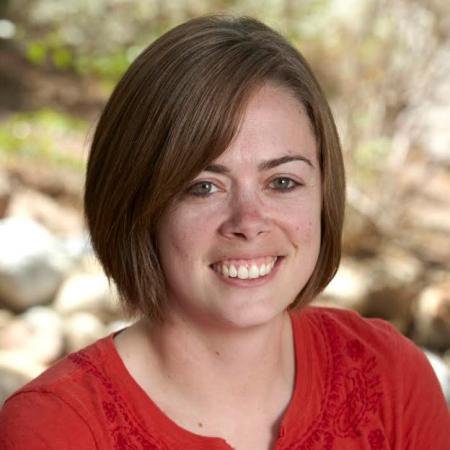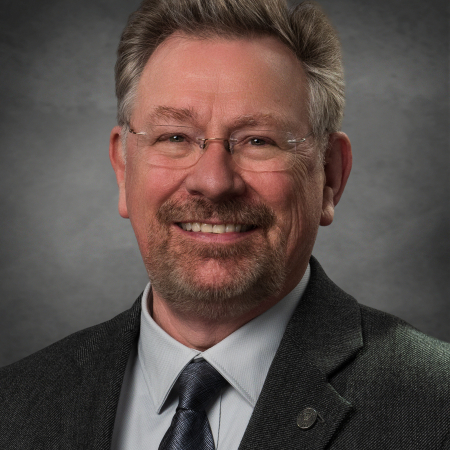The Wadsworth Center’s Nuclear Chemistry Laboratory (NCL) program has two objectives: mandated radiological surveillance in NYS and research in radiological sciences. The surveillance program assesses exposure of the population to ionizing radiation and involves monitoring of the environment around nuclear power plants for fission products, as well as monitoring of drinking water supplies for natural radioactivity. Programs to characterize occurrence and exposure to natural radioactivity focus on radon, with the development of township-level maps indicating indoor radon-potential. Programs focusing on radiological emergency response to potential accidents or terrorism threats involving radioactivity are performed in cooperation with NYS agencies as well as with US FDA for radiological food protection. The research in radiological sciences is primarily concerned with the development of new and more sensitive methods to detect ionizing radiation in environmental, food, and bioassay samples, such as alpha and gamma spectrometry and liquid scintillation counting. New methods are researched to separate specific radionuclides from complex matrices. An additional aspect of the research program is to develop statistical and modeling tools to quantify radioactivity in the environment and improve the decision methodology.
Additional information about the Nuclear Chemistry Laboratory.
Associated Researchers

Sherry A. Faye, PhD
Director, Nuclear Chemistry Laboratory
We focus on method development of radiochemical analyses for use in routine and emergency response scenarios.

Patrick J. Parsons, PhD
Director, Division of Environmental Health Sciences
We study human exposure to toxic metals/metalloids (biomonitoring) and long-lived nuclides (radiobioassay); and develop novel speciation methods by coupling LC and GC to ICP-MS, while using portable XRF for field-based studies.